June 5, 2017:
Sadly, we packed up this morning and left our lush accommodations at Ashford Castle to head even further to the northwest (after eating another epic Ashford breakfast). Once again, rain greeted our departure, but as we have learned, the weather in Ireland is “mixed”, meaning it can be just about anything at just about anytime, so we are content to let things play out.
This is a momentous day, as it is Dermott’s birthday, and Shellie has drawn him a beautiful card from all of us!
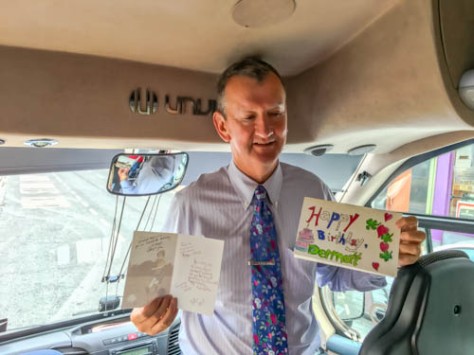
We had planned to go to the Museum of Folk Life as our first stop, but we had failed to take into account that today is a “Bank Holiday” in Ireland, meaning mostly all museums are closed. Oh, well, it was off to Sligo Town in County Sligo. On the way, we passed the tomb of Maeve (Medbh), the warrior Queen of the Connaught, at Knocknarea. She was an Iron Age queen, who was supposed buried standing up in her full battle regalia. The tomb is an immense stone cairn (or dolmen) situated on top of a hill where it dominates the surrounding country side.
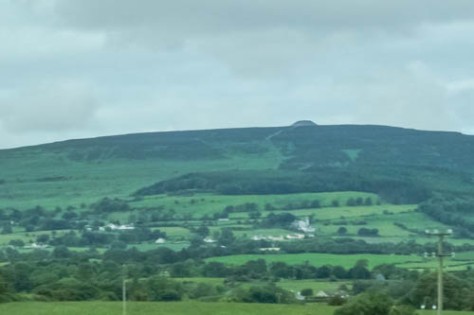
Sligo is best known (outside of Ireland, at least) as the birthplace of the poet W. B. Yeats. Several of his poems recall life in Sligo, and he penned several odes to the surrounding lakes and hills. We stopped for a coffee, and were relieved to find that even if the museums were closed this bank holiday, the liquor stores were not, so we were able to slip off and buy Dermott a bottle of his favorite tipple, Jameson’s Green Spot whiskey. Jim and I walked around the town a bit, and managed not to find to find the Sligo Abbey which dates back to the 13th Century. But we did gaze on the River Garavogue, which divides the town and is quite scenic. There is also a whimsical bronze statue of Yeats in the town center.

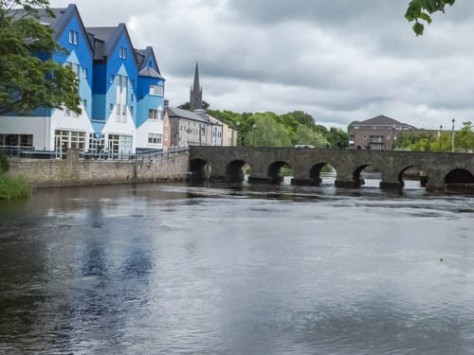


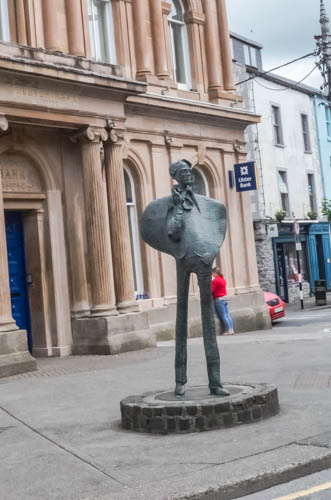

We drove on a short way to the town of Drumcliffe, which was once the site of a monastery established by St. Colmcille, dating back to about 500 A.D. The only parts remaining of it are a really well-preserved stone High Cross (probably erected about the 11th Century) and a round tower house built between 900 and 1200 A.D.). But the real purpose for our visit was to see the tomb of W.B. Yeats, which is inscribed with part of an epitaph he wrote for himself. Dermott demonstrated his oratory skills by reciting the whole poem, and we figured this was a fitting time to deliver his birthday present. Yeats’ final resting place is very scenic, and has a direct view to the rocky outcrop known as Ben Bulben, which was a frequent topic of Yeats’ poems. His grave lies in the graveyard of St. Columba’s Catholic church, and we took the opportunity to take a peek inside to see what an Irish country church looks like.


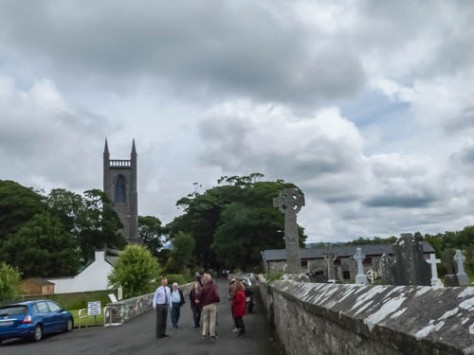

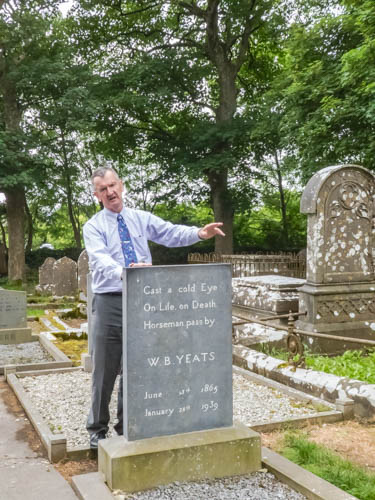


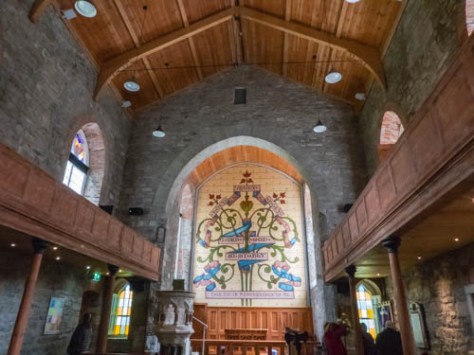
Then we had to beat feet to get further to the northwest, to Donegal, where Chuck, Mark & Jeff had another date with the gods of golf. When we arrived, it was POURING down rain at the Donegal Golf Club (hence no pictures). I think all of us who weren’t playing golf secretly blessed our good fortune in not having to venture out in the muck. On the way out of the club, I spied this quaint road sign (one of many in Ireland), and wondered why anyone would want to save squirrels??!

Dermott drove us on to Donegal Town for some sightseeing. The rest of us viewed the town, with its quaint parish church, and Donegal Castle, the ancestral home of the O’Donnell family, dating back to the time when the O’Donnells were the royal family who ruled one of Ireland’s kingdoms; in this case, the Kingdom of Tyrconnellp (Tir Chonaill) from about 1200 until 1601. The O’Donnells took their name from Dómhniall, who was descended from Niall of the Nine Hostages (d. 901), one of the High Kings of Ireland. Notably, the Castle was last home to the legendary Red Hugh O’Donnell, who led the rebellion against the English starting in 1595. Although O’Donnell and the rest of the earls of Ireland were initially successful in their battles against the British (the Nine Years’ War), they finally lost the war, and fled Ireland in 1602 (the so-called Flight of the Earls). After that, ownership of Donegal Castle was granted to an Englishman, Captain Basil Brooke. He and his family were responsible for adding onto the Castle, building first Barbican turrets, and then a Manor House starting in 1623. The Castle also features an underground storeroom with barreled ceilings dating back to the 9th Century.



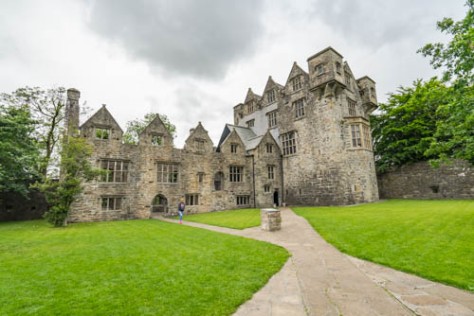
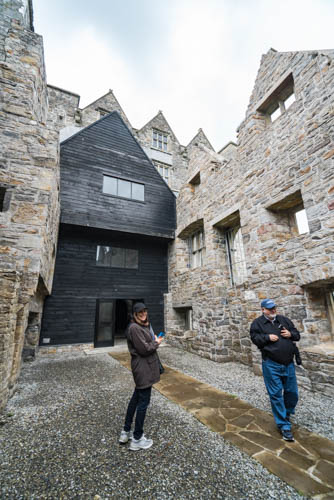
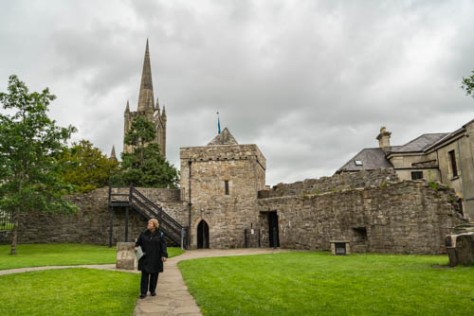
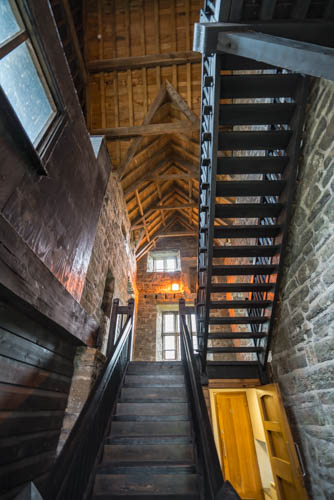
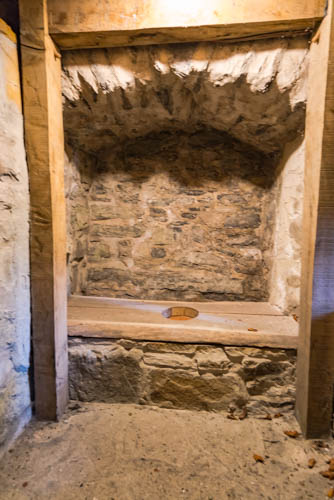
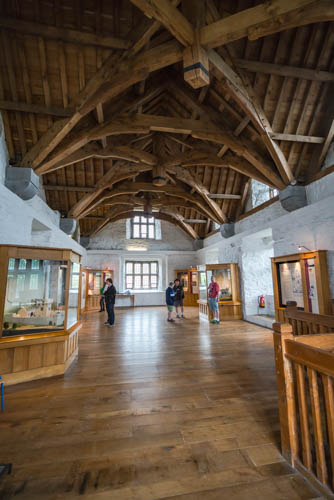
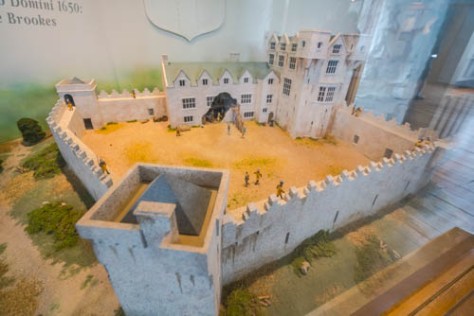


After walking about the Castle, we indulged ourselves with a little shopping in the town’s main downtown area, known as the Diamond. Jim lasted about 10 minutes, and then went off to find a typical Irish pub, where he was kindly schooled in the intricacies of Irish football by the regulars there. I checked out the the woven offerings, since this is the home of the famous Harris tweed.
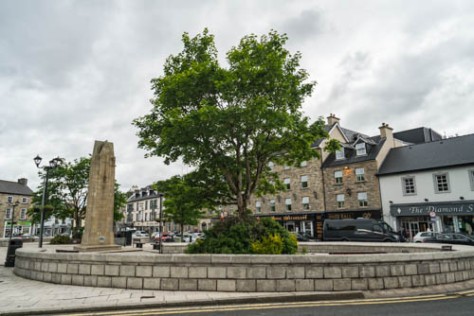
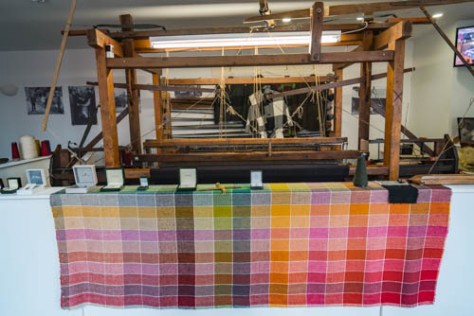

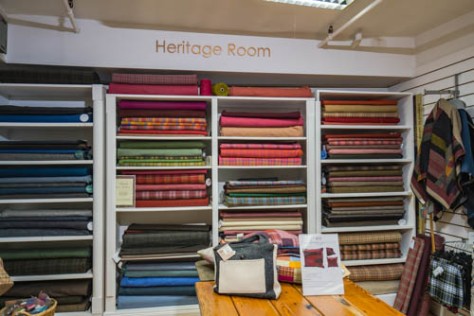
Then we drove a short distance to tonight’s hotel, the Solis Lough Eske, about 10 miles out in the Donegal countryside. It was still a chilly day, so we were grateful for all the fires blazing in the hotel’s common areas. After we settled in, Jim and I, Shellie & Paula retired to the lounge to try a few more Irish whiskies (and to blog). Dinner in the hotel tonight, and then tomorrow, on to Northern Ireland.

